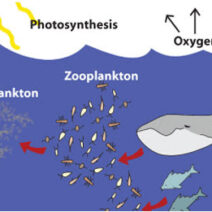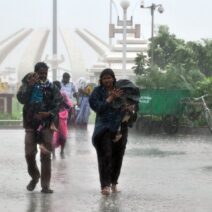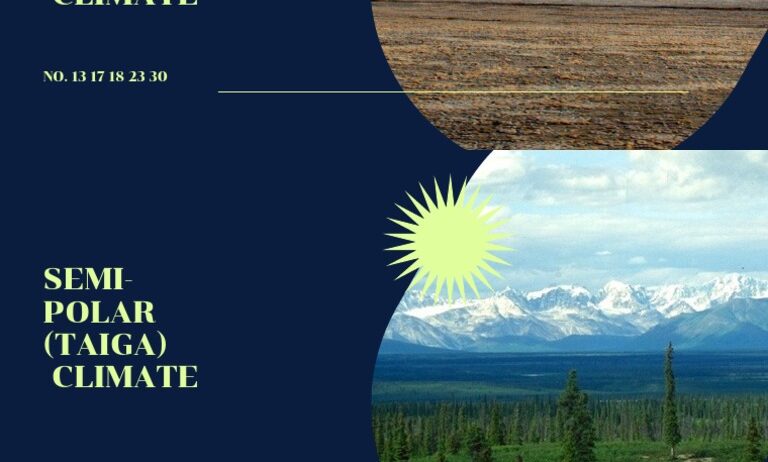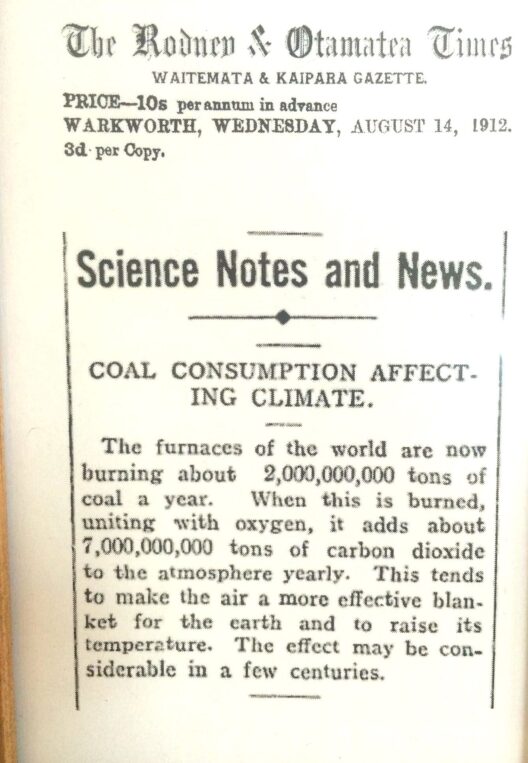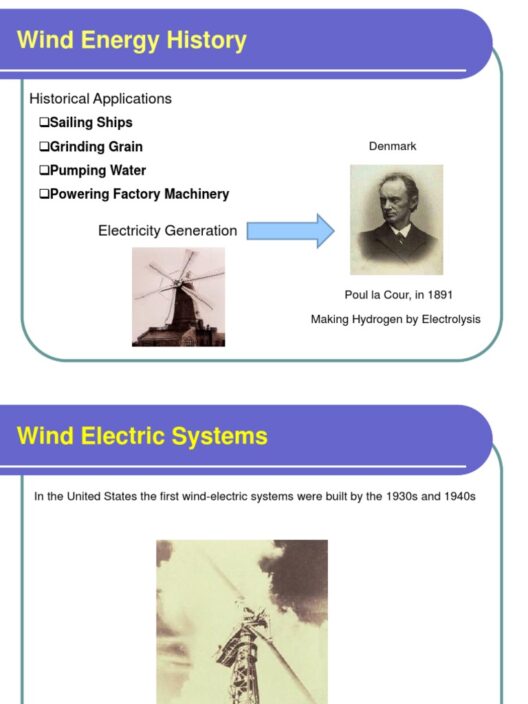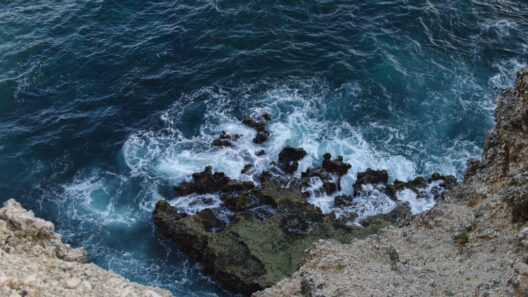Russia, the largest country in the world, spans continents and climates, embodying a mosaic of ecological diversity. This vast expanse of land reveals a captivating narrative of cold extremes and temperate contrasts, stretching from the Arctic tundra to the lush taiga. Understanding the climate of Russia not only highlights its environmental richness but also sheds light on how these climatic zones influence human life, biodiversity, and ecological patterns. This exploration invites a deeper appreciation of the intricate relationship between climate and the natural world.
A geographical juxtaposition of awe-inspiring landscapes unveils two significant climatic regions: the tundra and the taiga. These two environments, while strikingly different, share a commonality in their harshness and beauty. Each region has evolved unique ecosystems that are resilient to the extreme conditions imparted by Russia’s unforgiving latitudes.
The tundra, often perceived as a frigid wasteland, is much more than a barren landscape. It is characterized by its permafrost—an expansive layer of permanently frozen ground that stifles root growth. The short growing season of 50 to 60 days during summer is marked by a burst of vegetation, where hardy mosses, lichens, and small shrubs emerge. Despite its severe conditions, the tundra offers a rich habitat for various species, including migratory birds, arctic foxes, and caribou, all of which adapt to the climatic challenges in remarkable ways.
Within the tundra, the climate starkly fluctuates, with temperatures plummeting to -40°F in winter and rising to a balmy 60°F in the brief summer months. Precipitation, primarily in the form of snow, is minimal, creating a dry environment that can support only the most resilient plant life. The climatic extremes foster fascinating adaptations among fauna, such as the thick insulating fur of the Arctic fox and the seasonal migration of birds seeking more temperate conditions during the harsh winters.
Shifting southward, one enters the taiga, or boreal forest, a biome pulsating with life and diversity. This expansive forest belt is characterized by coniferous trees such as spruce, fir, and pine, which dominate the landscape. The climate here is less severe than in the tundra but presents its own challenges, with long, harsh winters and short, warm summers. Temperatures can reach a sweltering 70°F in the summer, but drop drastically to -40°F during winter months.
Interestingly, the taiga acts as a crucial carbon sink, absorbing significant amounts of carbon dioxide from the atmosphere. This essential function has garnered increasing attention amid global climate change discussions. The rich biodiversity found in these forests supports diverse wildlife populations, including elks, wolves, and bears, each adapted to their specific niches within the forest ecosystem. The taiga’s complex microclimates contribute to variations in plant species composition, making it an ecologically rich region that warrants protection.
Alongside the natural wonders, the climate of Russia also impacts human settlement and activity. Communities in tundra regions often rely on traditional practices of reindeer herding, hunting, and fishing, which are deeply intertwined with seasonal cycles. The starkness of the tundra fosters a distinct way of life, one that respects the timeless rhythms of nature. Conversely, the taiga supports timber industries and agriculture, providing resources and livelihoods for millions. This interdependence emphasizes the delicate balance required to sustainably manage these resources while preserving the ecosystems that support them.
The interplay of climate factors—such as the polar jet stream, ocean currents, and geographical features—greatly influences Russia’s climatic conditions. The northern expanse is largely shaped by Arctic air masses, while the southern regions experience more temperate influences from the mid-latitude climate. These complexities create a climate of contradictions, where extremes coexist and morph into each other. This reality highlights how climate shapes not just ecosystems but also the culture and identities of those who inhabit these contrasting landscapes.
Moreover, the looming specter of climate change poses significant threats to these unique ecosystems. As temperatures rise, the fragile balance of both tundra and taiga faces unprecedented challenges. Permafrost thawing threatens traditional lifestyles in the tundra, releasing methane, a potent greenhouse gas, which exacerbates climate change. Conversely, in the taiga, changing precipitation patterns and increased susceptibility to wildfires demand urgent attention and action to protect this vital ecological zone.
Russia’s climate, from tundra to taiga, serves as a poignant reminder of the intricate links between geography, ecology, and human life. It invites consideration not only for the current state of these unique environments but also for their future amid global changes that threaten their very existence. Whether observing the resilience of the tundra’s flora and fauna or marveling at the grandeur of the taiga, one cannot help but be captivated by the climatic wonders of Russia. The rich tapestry of climate across this expansive nation inspires both fascination and a compelling urgency to protect these natural treasures for generations to come.
